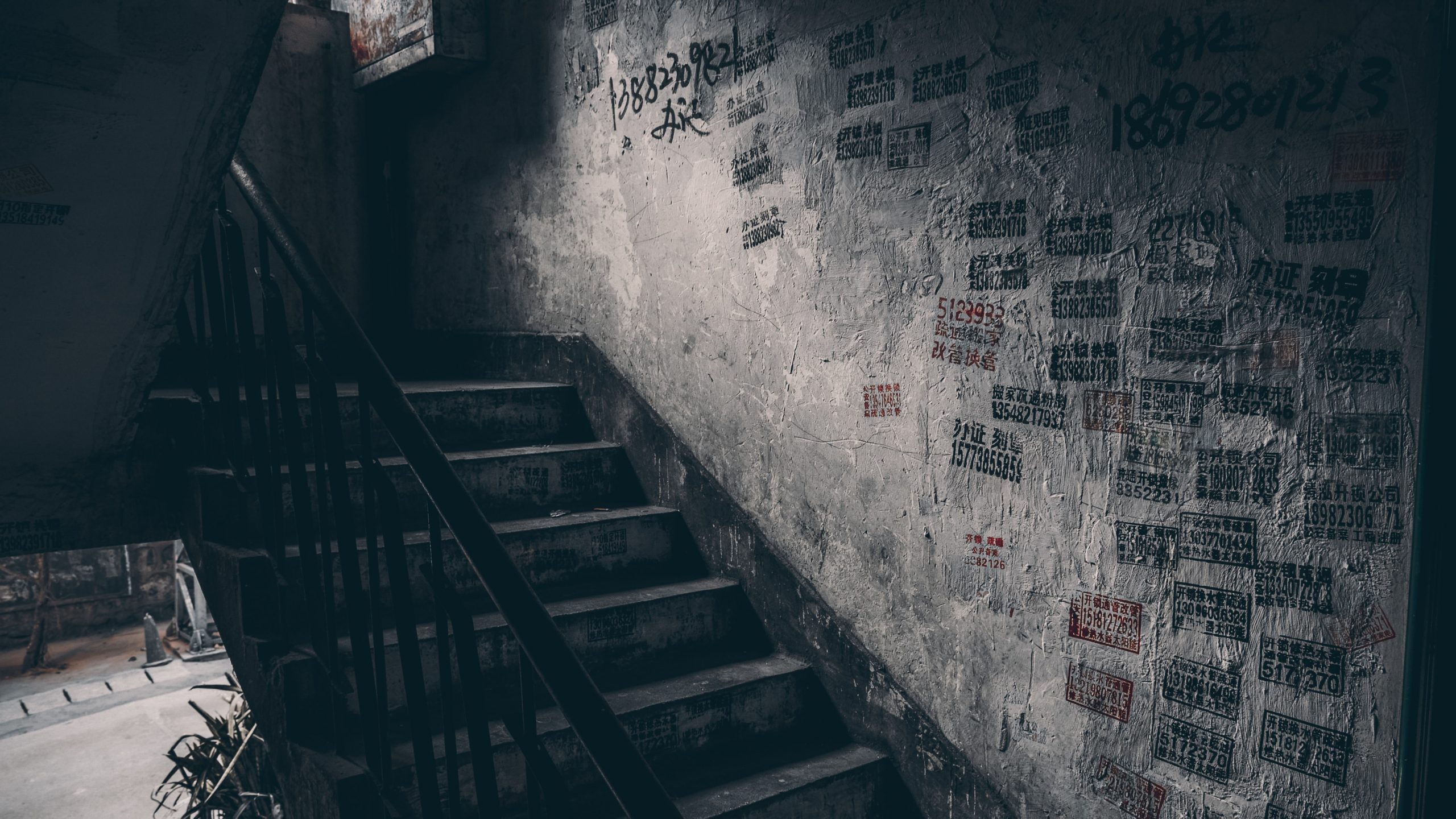If your basement walls are starting to bow, they need to be repaired as soon as possible. Taking care of this issue will help to prevent further damage to your home. Bowing walls are relatively common for most basements, particularly for those who live in areas with significant amounts of rainfall.
Depending on the severity of the bowing walls, there are different solutions to straighten them. The following guide shows the various options that are available. It also covers how to prevent your basement walls from bowing in the first place.
What Causes Bowing Walls?
The bowing of basement walls is caused by water and pressure. As the soil surrounding your basement becomes saturated with water, more pressure builds up. As the pressure builds, water pushes deeper into your foundation and causes the walls to bow inward. The bowing of walls caused by water is often referred to as hydrostatic pressure.
If left untreated, bowing walls will eventually cave in. Not only will that cause major structural damage to your home, but it puts you and your family in danger. What is the easiest way to keep your walls from bowing? The first step is prevention.
Keeping Your Foundation Dry
The main way to prevent your walls from bowing is to manage the flow of water around your foundation. There are various ways to keep excess water away from your foundation:
- Maintain your gutters: Ensure your gutters are free of leaves, sticks and other debris. Check for sags and cracks regularly and ensure your downspouts point away from your foundation.
- Proper pitching: Pitching refers to the slope surrounding your home. Ensure that the grade around your foundation has a slope of no less than five degrees. Doing so will allow for proper water drainage.
- Be mindful of the pitch of asphalt and concrete near your foundation: Asphalt and concrete are impermeable and can allow for excess water to pitch towards your home.
- Plant trees away from your foundation: Tree roots can also cause bowing, as the tree grows, its roots push up against the foundation or find its way into the footer tile around the basement.
How to Fix a Bowing Basement Walls
Your repair options depend on the severity of your bowing walls. Here are the most common repair options to keep your basement structurally sound:
Carbon Fiber Straps
Carbon fiber straps are the least invasive repair option. This method works best for walls that are only bowing between one to two inches inward. Carbon fiber straps are also cheaper than many other repair options.
Installing them involves placing the straps along the wall, typically every four feet. The straps are sealed to the wall with epoxy and can be painted over after installation. They work almost like applying stents to a wound, as they hold the bow of the wall in place.
Wall Anchors (Earth Plates)
If the bowing of your wall is moderately severe, wall anchors are the next best option. Wall anchors require some outside excavation, as contractors have to dig outside of your foundation wall to install the anchors. A steel plate is first attached to the foundation wall while another is buried in the soil near your home. The two plates are connected by a steel rod that is tightened gradually to correct the bow.
To ensure proper installation, have at least 10-15 feet of the usable ground around your foundation for digging. For best results, the steel plates must be placed along your foundation wall every five feet.
Helical Tiebacks
For the most severe cases of bowing, helical tiebacks may be your only option. While they are expensive, they are guaranteed to correct your basement walls. Installation involves a steel shaft that is drilled into the foundation at an angle. The shaft looks like a giant screw, with helical plates around it to hold it in place. The shaft is secured by another steel plate and is usually 14-20 feet long.
How Much Do These Repairs Cost?
No matter what repair method you choose, fixing your bowing walls can be pricey. Prices will vary depending on the severity of the bow, the location of your home and the size of your basement walls. If you are prone to flooding or excess snowfall, it is crucial to practice proper water management to avoid costly repairs. For a price quote on basement repairs, contact us on our website or give us a call today.
Contact the Experts
Seeing your basement walls bowing is distressing. When in doubt, it is always best to contact the professionals. If you notice your basement walls bowing, contact us today to set up a consultation. You can also get a quote on our website. We have been serving our community for over 70 years.

